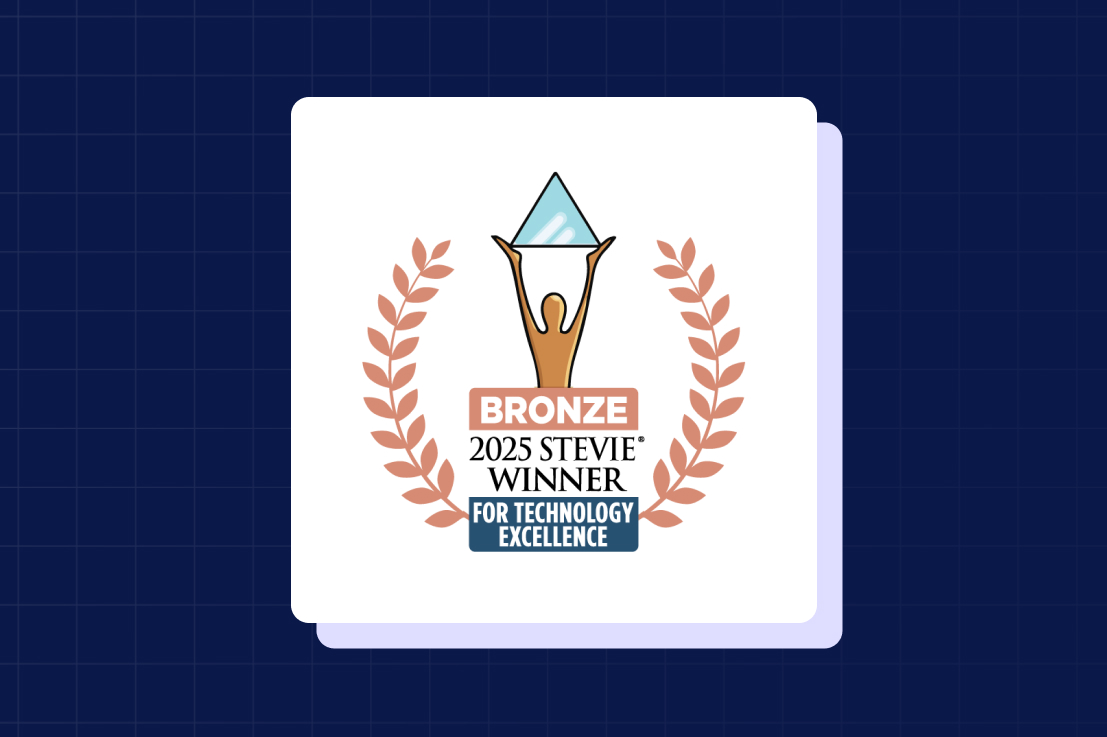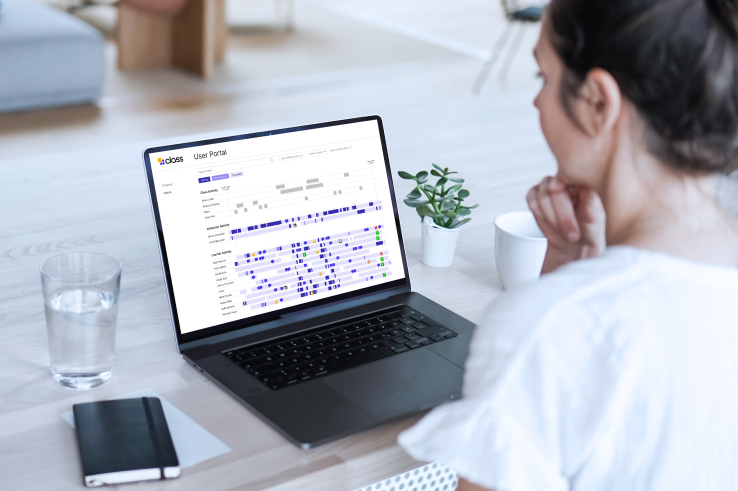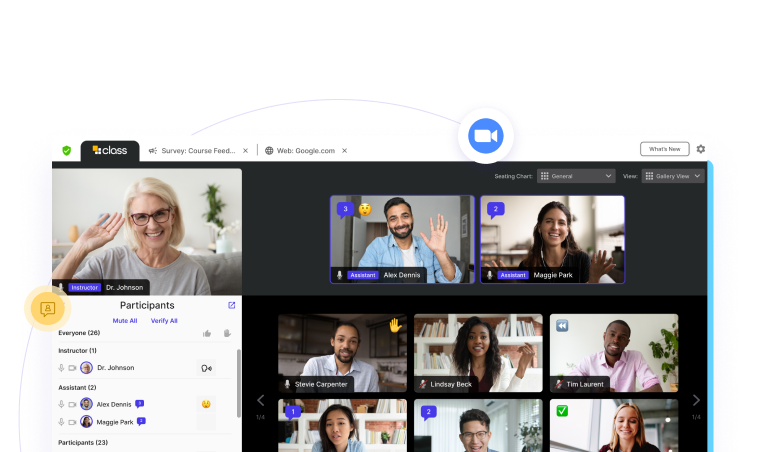
Michael Chasen is the co-founder and CEO of Class. He is an entrepreneur who has dedicated his career to improving the way people live and learn through technology. Chasen also served as co-founder and CEO of Blackboard Inc., a pioneering edtech company with software used by over 20,000 institutions and millions of instructors and learners worldwide.

Michael Chasen is the co-founder and CEO of Class. He is an entrepreneur who has dedicated his career to improving the way people live and learn through technology. Chasen also served as co-founder and CEO of Blackboard Inc., a pioneering edtech company with software used by over 20,000 institutions and millions of instructors and learners worldwide.

I’ve been building in edtech for almost thirty years. I’ve seen how technology can open doors and level playing fields, but also how it can fall short when it’s not designed for the people it’s meant to serve.
And through it all, one challenge has persisted: how do we truly understand what’s happening when someone is learning online?
At Class, that question has guided much of what we’ve built. This summer, that work was recognized in a big way, with two major industry honors: the 2025 EdTech Breakthrough Award for Learning Analytics Innovation, and now Bronze for the Stevie® Award for Technology Breakthrough of the Year.
Both awards point to a deeper shift we’re seeing across L&D, workforce training, and education. More organizations are embracing virtual learning as a long-term strategy. And as virtual learning solidifies its place in learning programs, organizations are pushing for more: insight into what’s working, what’s not, and how to drive better outcomes.
In every conversation I’ve had with educators, trainers, and learning leaders over the past few years, one pain point rises to the top: I can’t tell if my learners are with me. You can have a great facilitator, great content, great delivery, but in a virtual room full of black boxes and muted mics, that familiar gut-check moment is harder to replicate.
In a classroom, you can see confusion, distraction, and curiosity, and you can adjust in real time. Online, you’re guessing. Are learners engaged? Are they retaining information? Are they at risk of falling behind?
Answering those questions in a live, virtual environment has always been difficult. Video conferencing tools offer some basic indicators—who is present, who is speaking—but they rarely provide a clear picture of how learners are actually participating.
Learner Engagement Scoring is our response to that frustration. It gives instructors a real-time view of who’s engaging, based on talk time, reactions, attendance, focus, chat activity, and more. It updates every 30 seconds. It’s intuitive. It’s human-centered. And it finally gives facilitators what they’ve always needed: the ability to act in the moment, not after it’s too late.

Discover how one Class customer uses learning analytics to improve instruction
And after the session ends, that visibility continues. Our data portal gives instructors and administrators a clear, consolidated view of how each session went, highlighting trends in participation, engagement, and attendance. It’s a powerful tool for reflective practice, instructional coaching, and identifying where learners may need extra support.
It’s one of the ways we’re breaking through, working to make virtual learning feel more responsive, more connected, and more effective.
The Stevie Awards for Technology Excellence and the EdTech Breakthrough Awards each evaluated thousands of nominations from organizations across industries—from education to enterprise tech to healthcare and beyond. Being recognized among global leaders like Microsoft, Meta, and Salesforce is a meaningful milestone for our team.
These awards validate a core belief behind our product vision: that deeper insights into the learning experience have become essential. Whether you’re training employees, educating students, or running professional development, access to real-time analytics helps teams improve outcomes and make smarter decisions.
When we started Class, we set out with a belief that virtual learning wasn’t a point in time, but would become a critical part in providing access to quality learning. That leaders wouldn’t settle for meeting tools dressed up as classrooms. That the people shaping our future—educators, trainers, L&D teams—would demand tools worthy of their work.
And they are. Across industries, the bar has been raised. Schools and campuses want better knowledge retention. Companies want faster upskilling. Governments want more resilient workforces. And all of them want proof that their learning investments are working.
These recent awards mark a moment of momentum for Class, but they’re part of a much bigger story. Virtual learning is evolving fast, and with it, expectations for what’s possible. The organizations making the biggest impact are measuring engagement, adapting in real time, and supporting learners with care, clarity, and intention.
That’s the future we’re building toward. And we’re grateful to our customers and partners for shaping it with us.
If you’re ready to bring more clarity and connection into your virtual learning programs, we’d love to show you what’s possible together.

Michael Chasen is the co-founder and CEO of Class. He is an entrepreneur who has dedicated his career to improving the way people live and learn through technology. Chasen also served as co-founder and CEO of Blackboard Inc., a pioneering edtech company with software used by over 20,000 institutions and millions of instructors and learners worldwide.

Michael Chasen is the co-founder and CEO of Class. He is an entrepreneur who has dedicated his career to improving the way people live and learn through technology. Chasen also served as co-founder and CEO of Blackboard Inc., a pioneering edtech company with software used by over 20,000 institutions and millions of instructors and learners worldwide.
Sign up for a product demo today to learn how Class’s virtual classroom powers digital transformation at your organization.

Features
Products
Integrations